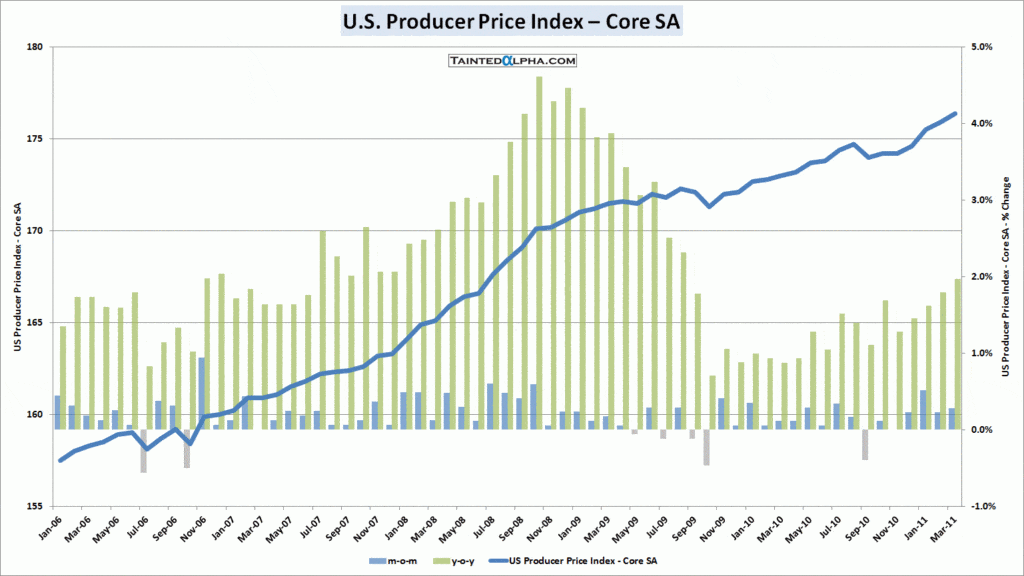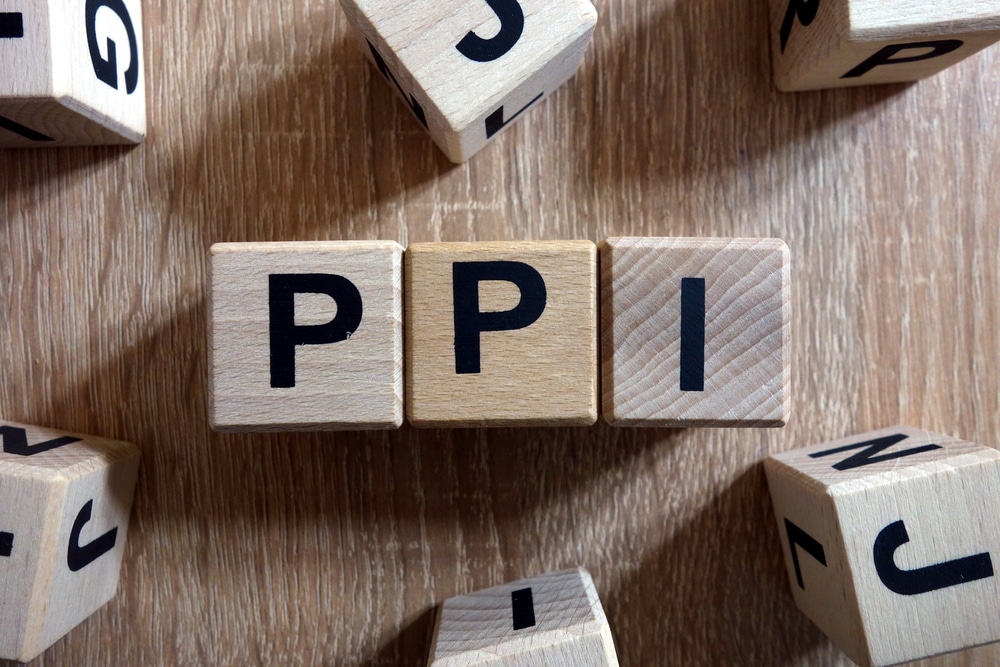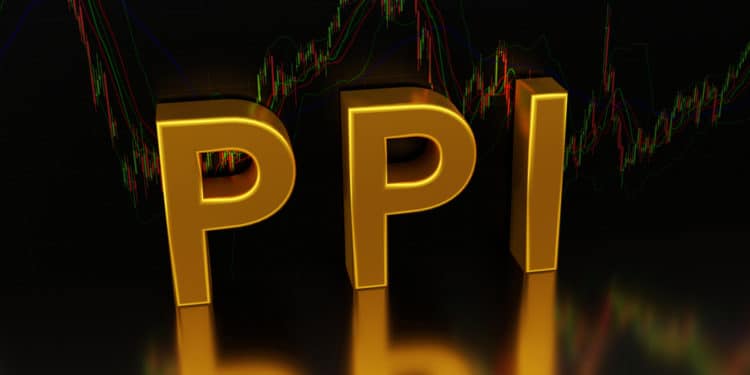It is common knowledge that domestic purchasing capability is lowered by inflation, and this is the reason why central financial institutions raise the bank rates. Seasoned traders in the Forex market know that the price of currencies is mainly driven by interest rates. They look for more profits and will transfer funds from underperforming currencies to those that are performing well.
What is PPI?
The Producer Price Index report is announced every month, usually during the second week. This measures the mean shift in sale price generated over time for readymade articles. Vendors that spend more money on manufacturing these articles might need to recover the costs by charging higher prices.
This computation of price shift from the vendor’s perspective is a vital indicator for consumer inflation, and it is calculated with the help of the Consumer Price Index. PPI mainly deals with three different production domains, namely commodity, processing, and industrial. The PPI report is built using data gathered from a group of randomly selected vendors.
Traders dealing in currencies consider the PPI report to be important because it helps them determine the direction in which the prices are heading, while also providing them with a figure of the inflation. When the price of goods increases, users in a particular country are able to purchase fewer goods per currency unit, and this causes the central financial institutions to enhance the rates. Thus, when the PPI is on the rise, it is an indication that the bank rates may follow suit.
As the interest rates go up, the exigency for the currency also rises due to traders chasing profits. When the PPI remains steady or decreases, traders know that the bank rates will stay low. Hence, it is clear that the strength of currencies can be determined by carefully studying the PPI report.

What does it measure?
The US Bureau of Labor Statistics is the organization that compiles the PPI data. It is usually released at 8:30 AM, in the second week of a particular month, and the data is for the preceding month. The percentage shift for several PPI indicators is released by this organization.
The shifts in prices are in regards to products that are sold in-situ, i.e. by the ones who manufactured them. Hence, the shift in value is measured from the vendor’s perspective, as opposed to the customer. Every asset or industrial sector has its own PPI.
The indicators published by the Bureau range from distinct product classes to independent articles. You will find indices for services, construction, electricity, agriculture, mining, and others. Nevertheless, Forex traders are mostly bothered with three large indices categories incorporating the different economical areas mentioned beforehand.
How does it impact currencies?
There is always a barter involved in financial matters. So a person can make savings and earn gains in the form of interest, or they can splurge their funds and renounce their interest earnings.
When bank rates are on the rise, it feels tempting to save money, since there is the promise of more rewards in the form of interest. It is more expensive to spend money since individuals will not be able to take advantage of the higher bank rates when they choose not to save. Consequently, a heightened PPI may translate to higher rates and increased strength for a particular currency.
If the interest rate for the dollar goes up, the Forex merchants know that it will result in heightened money flow from overseas investors wishing to purchase the currency. So as the exigency for the currency escalates, the price of the dollar is driven up.
Many individuals employ the carry trade scheme, borrowing money in a currency having a lower bank rate and purchasing one having a higher bank rate. The Forex merchants look to capitalize on these changes.

PPI components
The Producer Price Index consists of the following components:
- PPI Commodity Index. This shows the price shifts for raw materials such as coal, crude oil, and iron ore.
- PPI Stage of Processing Index. This depicts the shift in value for articles that are halfway through the production stage which are then transferred to individuals making readymade products.
- PPI Industry Index. This depicts the shift in value for articles that are at the ultimate stage of production.
The importance of each component depends on how important it is to the country’s economy. Articles like education, clothing, housing, and transportation are also included in the index.

How to trade using the PPI report
Before any financial release, you should have an idea regarding what the general expectation from the report is in the market. You can do this by checking out some articles forecasting the next report. Since the PPI for the USA is a predecessor of inflation, it tells you about the fundamental factors impacting a currency. Nevertheless, you need confirmation from the Inflation report, as well as the consumer price index.
Generally, when the PPI increases in strength, it is an indication that the US dollar will appreciate against the currencies for which the inflation is failing. This is caused by the fact that traders rarely hold currencies hoping for an absolute gain, rather they hold them with respect to other investments.
PPI is closely observed by traders, in spite of the fact that it does not always lead to a large increase in volatility. If it manages to exceed the expectations, the volatility may rise significantly.
Summing up
Now you know all about PPI and how it influences the price of currencies. When there is a significant change in it, and the same is confirmed by others reports, you get an idea about what to expect from future financial policies. These changes are utilized by day traders to win profits.







